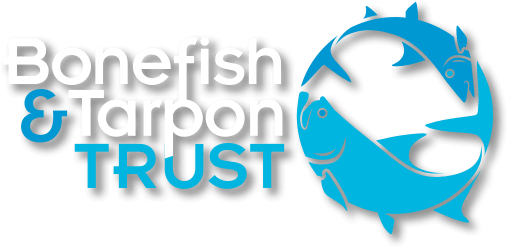The ongoing management revision process of the Florida Keys National Marine Sanctuary is a cause of great concern to many in the Florida Keys. Most admit that with the growing human population in the Keys and increasing use of the Keys resources, there is need for a revised approach to how these resources and user groups are managed. There is much debate, however, on what a new management approach should look like.
The challenge is to design a management plan that accommodates the needs of user groups while addressing threats to the natural resources. Any plan needs also to reflect the historical uses and protect the original intent of the creation of the sanctuary. This requires a process of identifying threats and applying management measures that address the threats while causing the least harm to responsible and sustainable uses of the natural resources within the sanctuary.
In large part, this is the process that has been employed in the Florida Keys National Marine Sanctuary Zoning and Management Review.
However, in the face of the complexity of the issues being addressed, there seems to be a trend to propose a “one size fits all” approach.
For example, a “one size fits all” plan would close an area to all human access to protect seagrass, whereas a well-designed, more detailed and intimate plan would allow appropriate access such as by boats that use a push pole or trolling motor or watercraft that are propelled with paddles – activities that don’t cause damage to seagrass.
The Florida Keys have the distinction of being the birth place of flats fishing, a fishery that targets bonefish, tarpon, permit and other species on the flats. It is a fishery that is an historic and iconic part of our local culture and economy. It began in the early 1900s, has thrived since the mid-1900s and continues to make the Keys a destination for recreational anglers from around the world.
Moreover, the flats fishery has long been a catch and release fishery, and ongoing angler education has helped to improve catch and release fish handling practices.
Recently the practice of catch and release was codified by the Florida Fish and Wildlife Conservation Commission for two of the fishery’s primary targets — bonefish and tarpon. Additionally, in 2012, FWC revised permit regulations with an eye toward more sustainable long-term management.
The catch and release flats fishery is a strong candidate to be used as a conservation tool in the management plan revision being conducted by the sanctuary. First, because the research has shown that survival after catch and release of these species is high, there is minimal impact to the targeted fish populations. This means that the fisheries are sustainable, which meets a primary goal of the Sanctuary.
This is not the case for many species, so catch and release would not be an appropriate conservation tool for species with high post-release mortality.
Second, because the fishery employs sight-fishing as the primary fishing technique, anglers and guides use push poles or trolling motors while fishing, thus ensuring a low environmental impact on habitats. Third, the Florida Keys flats fishery has a very high economic impact, exceeding $465 million annually. In short, the catch and release flats fishery within the sanctuary has perhaps the highest economic impact concurrent with the lowest environmental impact.
The sanctuary should consider catch-and-release zones to address numerous management concerns while simultaneously allowing an economically important and historical sanctuary activity to continue.
For example, a catch and release zone would serve the purpose of protecting fish populations of concern due to harvest, while allowing catch and release fishing for other species. In addition, since flats fishing occurs primarily by pole, troll and paddle, catch and release zones could be used for habitat protections (e.g., seagrass protection).
It is critical that the sanctuary and their advisers carefully examine the numerous threats to the resources under their care and design plans that satisfy the requirements to protect these resources while simultaneously allowing responsible, historical and sustainable resource use that is based on valid scientific and economic information.
Sanctuary Management, both locally and in Washington, can enhance its present and future efforts to preserve and manage these kinds of resources by recognizing catch and release flats fishing as an example of the type of user group that is preferred for this resource and others of its ilk.
Using the combination of historical precedence and scientific proof of sustainability, applying catch-and-release-only designations to areas that require additional protection can improve the quality of the environment and demonstrate a commitment to preserve the experience of visiting these beautiful and wild places.
Aaron Adams is a director of operations for the Bonefish & Tarpon Trust. Steve Trippe is director of KeysKeeper. Capt. John O’Hearn is president of the Lower Keys Guides Association. Capt. Duane Baker is commodore for the Florida Keys Fishing Guides Association.
Click here to view the original article.




